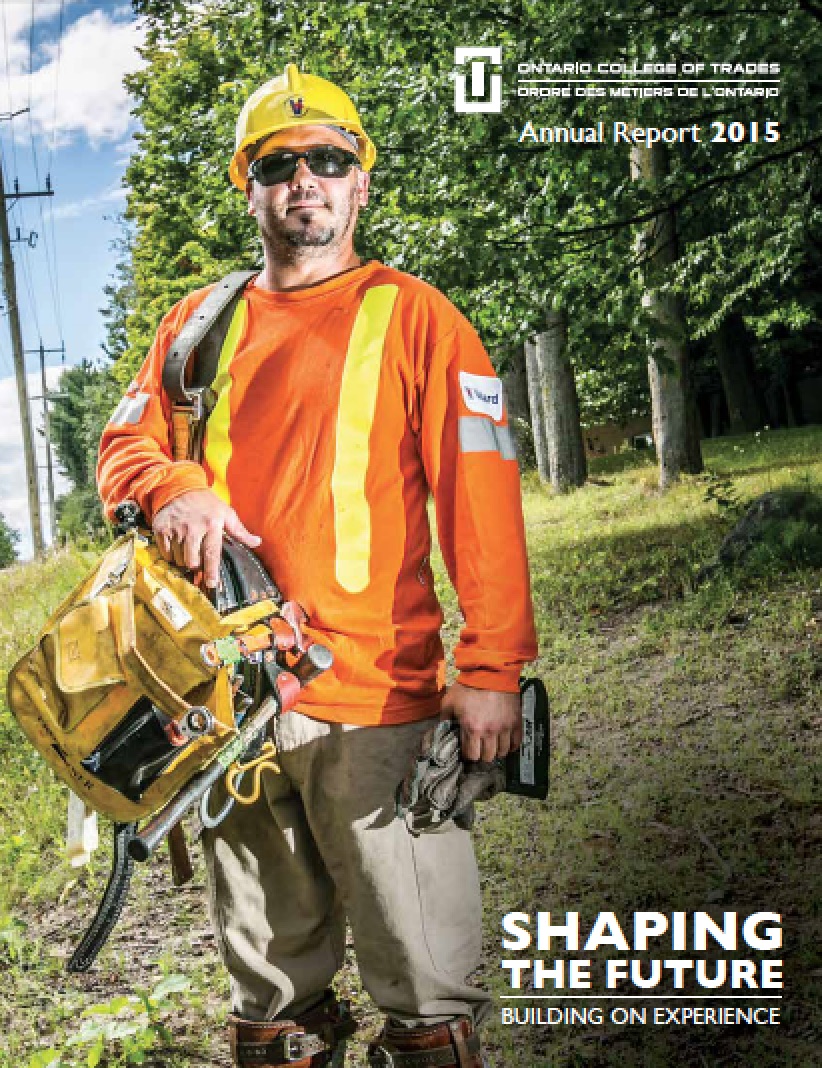If the Ontario College of Trades (OCOT) was a private business, shareholders would be happy with the income statement and balance sheet, based on documents in the organization’s 2015 annual report released in time for its annual general meeting on June 14.
The “statement of financial position” reports that the OCOT at 2015 year end had net assets of $28,627,456, an increase of approximately $7.4 million from the $19,613,440 in net assets at the end of 2014.
The OCOT says it had 232,189 members in 2015, suggesting a surplus of about $31 per member.
A note to the financial statements says “during the year, cash in the amount of $6,000,000 was internally restricted for purposes of long-term strategic initiatives.” The note doesn’t say what these initiatives will be but observes: “The reserve will be invested according to the College’s investment policy.” Overall the OCOT had at year end $19,845,348 in cash – compared to $12,809,266 at the end of 2014.
Not surprisingly, the OCOT’s biggest expense is for salaries and benefits, which totaled $15,044,123 in 2015 (an increase from $14,095,023 in 2014). Significant sums were also spent on: General and administration, $2,983,987; professional services, $602,872; trade governance and stakeholder meetings, $1,090,930; member communications, $1,690,745 and amortization of capital assets, $1,104,165.
While there have been complaints about the OCOT’s enforcement practices for the construction industry – part of which set off jurisdictional conflicts between the Labourers’ Union and representatives of skilled certified trades – the 2015 enforcement data indicates that OCOT inspectors concentrated their efforts in “motive power garages” – with 5,221 enforcement visits. However, there were 2,834 visits for ICI construction and 2,132 for residential construction, representing a total of 4,966 visits, out of a total of 11,376.
In 2016, regulatory and administrative oversight for enforcement of trade certification and scope of work rules was transferred to the Ministry of Labour from the Ministry of Training, Colleges and Universities, but the OCOT said this would not change the day-to-day processes.
“Out of the total field visits, around 4,200 individuals were found to be unauthorized workers and 36 Part III prosecutions were made,” the OCOT said. “Nearly 1,500 calls were received from the public about potential uncertified workers under the Ontario College of Trades and Apprenticeship Act, 2009.”

